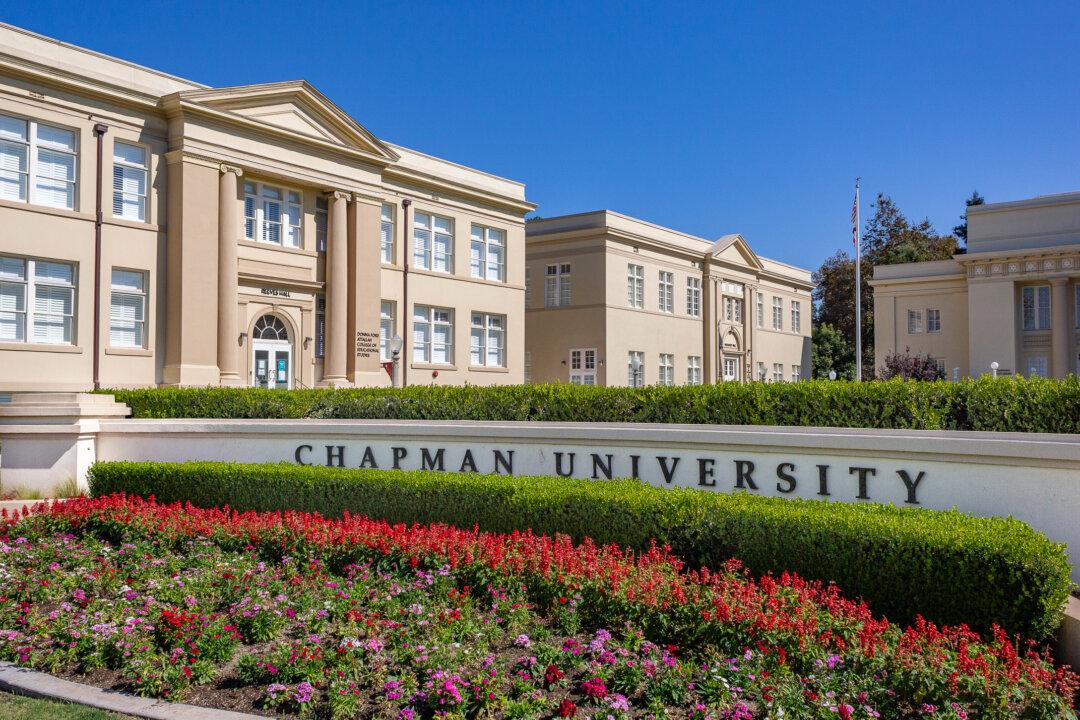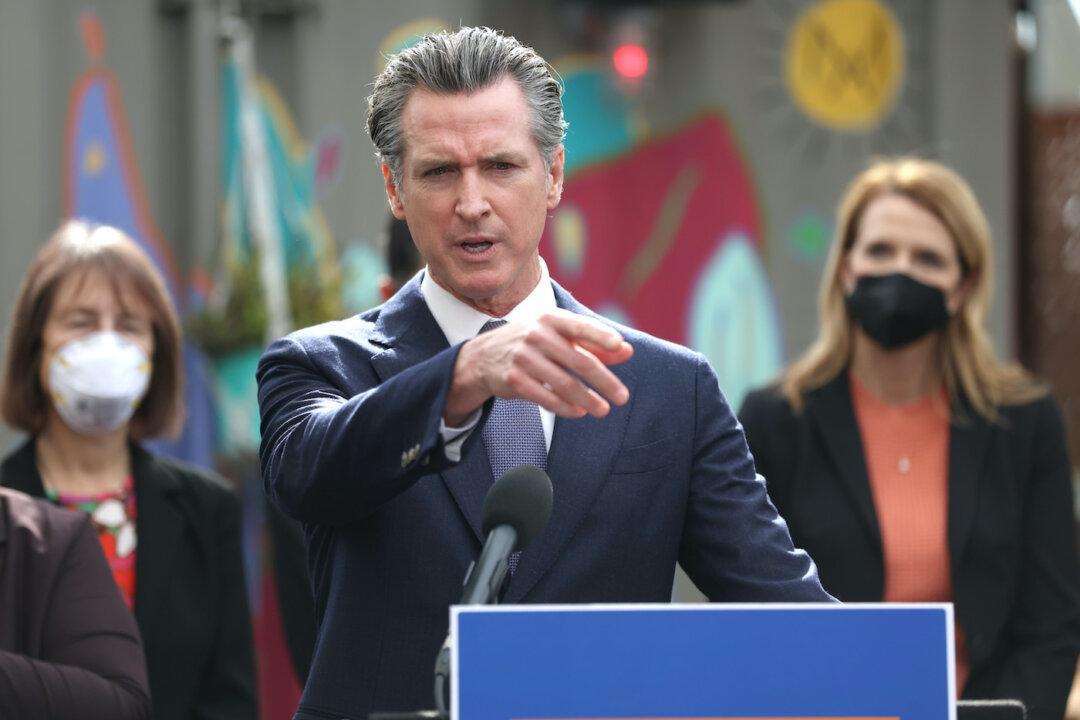Orange County health officials said an outbreak of COVID-19 that popped up around the campus of Chapman University in the city of Orange earlier this week has so far not spread beyond the California school’s community.
At an Oct. 15 press conference, county officials said the source of the spread appeared to be from off-campus social gatherings. A cluster of 37 cases of COVID-19 was first reported by Chapman University on Oct. 12.





